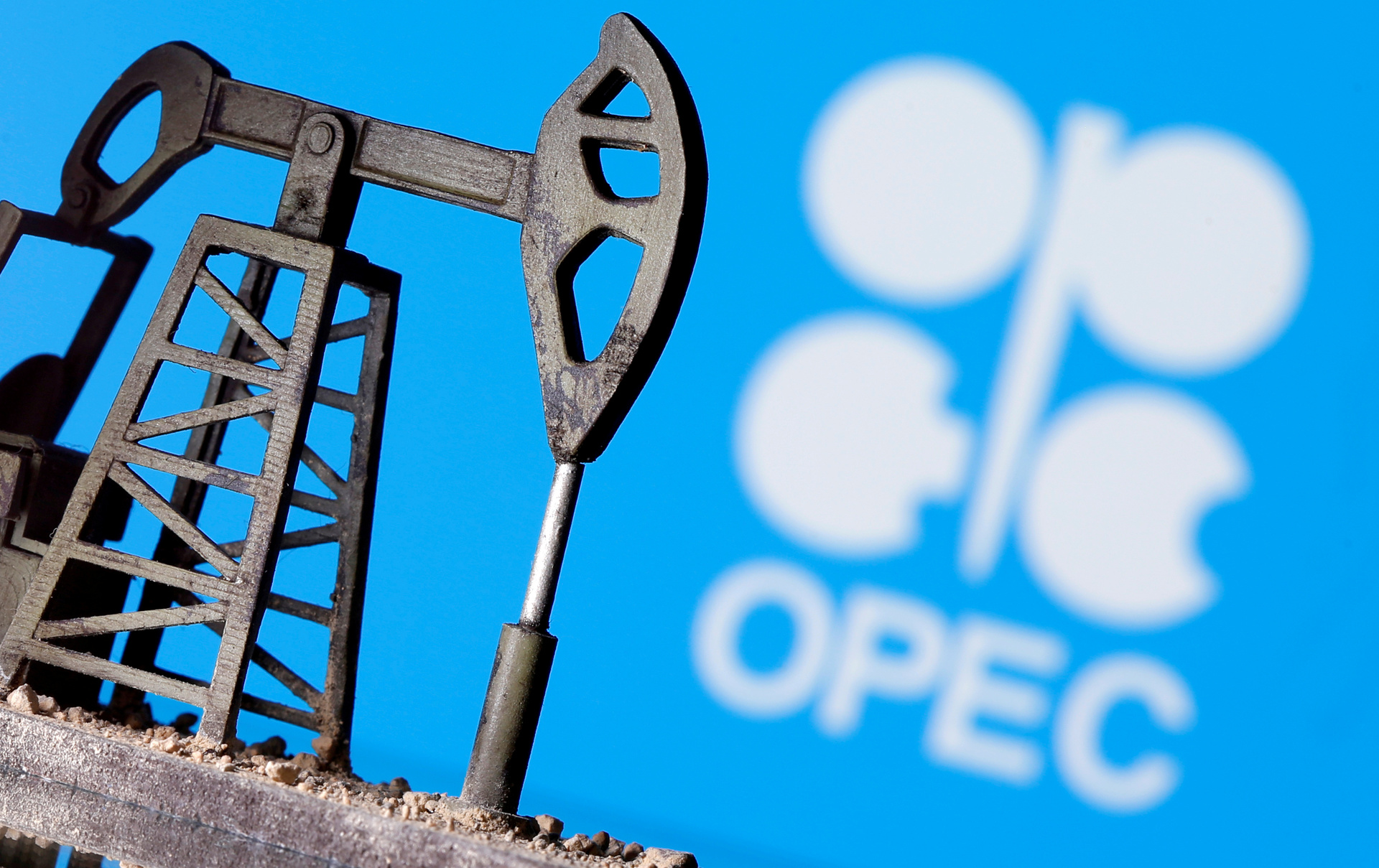The International Energy Agency (IEA) has revised its forecast for oil demand in 2020 and 2021.
According to the organization's report published on Tuesday, December 15, at the end of the current year, the consumption of energy resources in the world will amount to 91.2 million barrels per day, and not 91.3 million as previously expected.
Compared to 2019, the value will decrease by 8.8 million barrels per day.
According to IEA experts, already in 2021, global oil demand will begin to recover and will grow by 5.7 million barrels per day.
However, earlier the agency predicted higher growth rates - around 5.8 million.
The organization's specialists explain their assessment by the consequences of the second wave of the coronavirus pandemic.
Thus, the re-introduction of quarantine restrictions in a number of countries has reduced the mobility of the population and resulted in a serious drop in demand for jet fuel.
In 2021, global demand for this type of fuel will be 3.1 million barrels per day lower than in 2019, the IEA predicts.
At the same time, the global energy market should be supported by a confident recovery in demand for automotive fuel.
According to the agency, in 2021, global consumption of gasoline and diesel fuel will reach 97-99% of the level of 2019.
One of the determining factors for the global energy industry in 2021 should be large-scale vaccination of the population against COVID-19.
This point of view in a conversation with RT was expressed by an analyst at Freedom Finance, Evgeny Mironyuk.
According to him, if most countries manage to quickly cope with the pandemic, the number of traffic in the world will increase significantly, which will lead to an increase in fuel demand.
“We can already observe signs of market recovery.
Oil stocks in storage facilities and tankers continue to decline.
Traditionally, players accumulate raw materials when they cannot sell them.
Meanwhile, at the moment we see the opposite situation.
The demand for hydrocarbons has intensified, primarily from the Chinese producers, ”the expert noted.
Although the coronavirus pandemic will continue to put pressure on the global energy market in the near future, global demand for hydrocarbons will grow faster than supply in 2021, Mironyuk said.
The analyst connects this state of affairs with the actions of the countries participating in the OPEC + deal.
Recall that within the framework of the agreement, the state - exporters of raw materials restrict oil production and thereby try to achieve a balance between the demand and supply of hydrocarbons in the world market.
The policy of the parties to the deal should keep oil prices from further collapses.
From January 1, 2021, the states planned to soften the terms of the deal and increase the total production by 2 million barrels per day.
However, following the negotiations on December 3, the parties decided to act more cautiously and increase the production of raw materials by only 500 thousand barrels per day.
© REUTERS / Dado Ruvic / Illustration
As a senior analyst at BCS World of Investments, Vitaly Gromadin, told RT, the refusal of a sharp increase in oil production was positively received by world investors.
Against this background, the cost of raw materials of the Brent benchmark brand for the first time since March exceeded the psychological mark of $ 50 per barrel, and at the auction on December 10 at the moment it rose to $ 51.
“The OPEC + decision allows investors to expect that in the first quarter of 2021 there will be a shortage of 700 thousand barrels per day on the world oil market.
If all members of the association will qualitatively fulfill the terms of the agreement, then in the second half of next year oil quotations may return to pre-crisis levels, ”Gromadin emphasized.
Yevgeny Mironyuk adheres to a similar assessment.
In his opinion, as a result of mass vaccinations and the lifting of cross-border restrictions in the second half of the year, oil prices will tend to the level of $ 60 per barrel.
Financial strengthening
The expected recovery in oil prices may play in favor of a significant strengthening of the Russian currency.
According to Yevgeny Mironyuk, in the absence of global economic shocks in 2021, the rise in oil prices should help reduce the dollar and euro rates to 68 and 80 rubles, respectively.
At the same time, the growth in the cost of raw materials will allow faster reduction of the negative difference between revenues and expenditures of the Russian budget.
This point of view in an interview with RT was expressed by Artyom Tuzov, executive director of the capital market department of Univer Capital.
Note that for 2020, the Russian budget provides for the base oil price at $ 42.4 per barrel, and for 2021 - $ 43.
Within the framework of the budget rule, if commodity quotations fall below this mark, the lost oil and gas revenues are compensated by means of the National Welfare Fund (NWF).
If the cost of raw materials on the market rises above this indicator, the excess profits, on the contrary, are directed to the NWF.
“Based on the current situation on the global energy market, in 2021, quotations may rise to $ 50-55 per barrel.
This will be possible due to the removal of quarantine restrictions and an increase in demand for raw materials.
At the same time, oil prices, being above the cut-off mark within the framework of the budgetary rule, allow replenishing reserves, which has a positive effect on the country's financial stability, ”concluded Tuzov.

